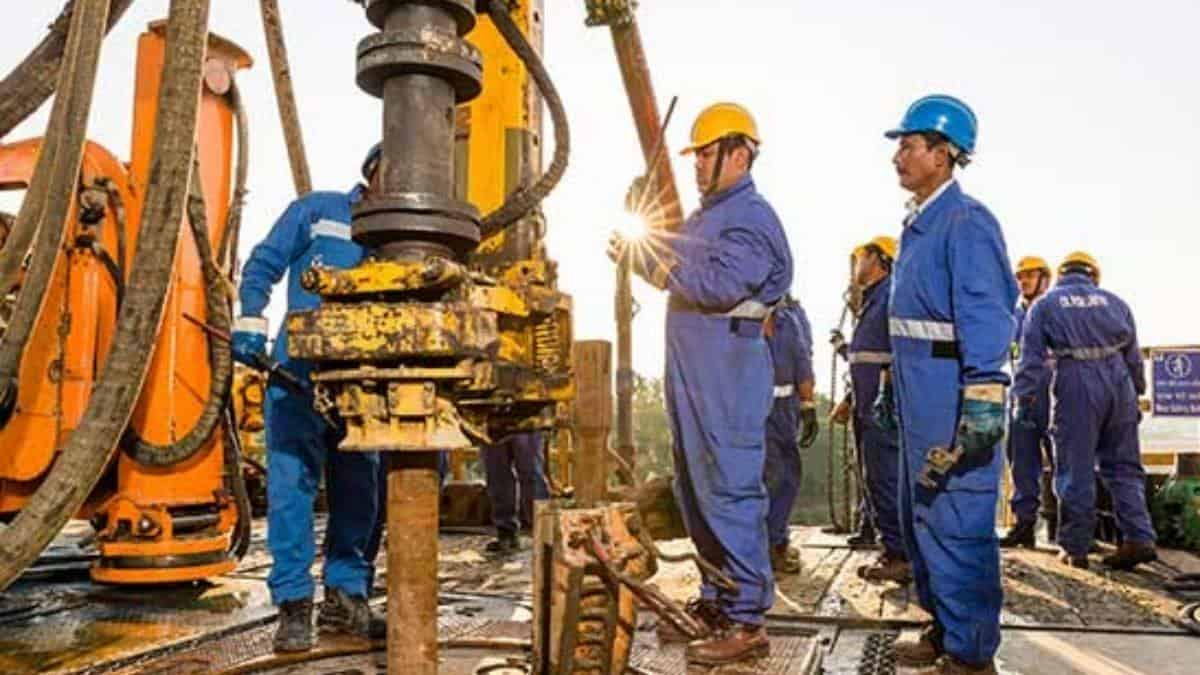India will release 5 million barrels of crude oil from Emergency reserves in order to keep prices down

The government of India stated on Tuesday that it will release 5 million barrels of crude oil from its emergency reserve in unison with the United States, China, Japan, and other major economies in order to lower international oil prices.
This is the first time that India, which stores 5.33 million tonnes of crude oil, or around 38 million barrels, in subterranean caverns at three locations on the east and west coasts, has released supplies for such purposes.
Approximately 5 million barrels will be released.
According to a government statement, “India strongly believes that the pricing of liquid hydrocarbons should be reasonable, responsible, and determined by market forces.” “India has regularly expressed worry about oil-producing countries artificially adjusting supply below demand levels, resulting in increased prices and severe effects.”
While the statement did not specify a release date, an official with knowledge of the situation said the supply might be available as soon as 7-10 days.
The supplies would be sold to Mangalore Refinery and Petrochemicals Ltd (MRPL) and Hindustan Petroleum Corp Ltd (HPCL) refineries, which are pipeline-connected to the strategic reserves.
Last week, the United States issued an extraordinary plea to some of the world’s top oil-consuming countries, including China, India, and Japan, to consider releasing crude reserves as part of a coordinated attempt to cut global energy costs.
This comes after members of the Organization of Petroleum Exporting Countries (OPEC) and its allies repeatedly refused to accelerate output increases.
“India has decided to allow the discharge of 5 million barrels of crude oil from its Strategic Petroleum Reserves.” This release will take place concurrently and in coordination with other key global energy consumers, including the United States, the People’s Republic of China, Japan, and the Republic of Korea, according to the statement.
India has been the most assertive in flexing its muscles as a big oil consumer, reducing exports from Saudi Arabia by about a quarter after OPEC+ extended output curbs.
Oil Minister Hardeep Singh Puri said last week in Dubai that high oil prices will stymie global economic recovery.
India is the world’s third-largest oil consumer and importer, and the steady rise in worldwide oil prices has had a significant impact on the country.
OPEC and other partner suppliers, notably Russia, have been adding roughly 400,000 barrels per day to the market on a monthly basis, which many regards as insufficient to keep prices from rising as demand recovers to pre-pandemic levels.
The fear of a coordinated release, combined with additional coronavirus-related lockdowns across Europe, has stifled crude oil’s rally. Brent crude fell to USD 78 per barrel this week, from a high of USD 86.40 per barrel on October 26.
Oil prices, on the other hand, rose on concerns that OPEC+ may change its intentions to increase output if significant consuming countries release petroleum from their stockpiles or if the coronavirus outbreak dampens demand. Brent crude is currently trading for USD 79.24 a barrel.
India, like the United States, worries that excessive prices are causing unwelcome inflation and jeopardizing recovery from the Covid-19 outbreak.
Retail petrol and diesel prices reached all-time highs earlier this month before the government lowered levies, costing the government Rs 60,000 crore in revenue this year.
While China has stated that it is working on a crude release, Japan has also stated that it is ready.
According to the statement, the Centre decreased fuel excise duty by Rs 5 per liter and diesel excise duty by Rs 10, and states slashed VAT “despite the huge fiscal load on the government” to bring relief to citizens.
India has constructed 1.33 million tonne storage facilities at Visakhapatnam, Andhra Pradesh, 1.5 million tonne facilities in Mangaluru, and 2.5 million tonne facilities in Padur (both in Karnataka)
According to the official, the reserves’ stockpiles will be distributed in coordination with other countries.
“Dates and other details are being worked out,” he stated.
The UAE’s ADNOC has leased half of the Mangalore storage, with the remainder held by the state-owned Mangalore Refinery and Petrochemicals Ltd. (MRPL). Oil has been stored at other sites by state-owned companies and the government.
While the United States has 727 million barrels on hand, Japan has 175 million barrels of crude and oil products in its Strategic Petroleum Reserve (SPR). PTI


